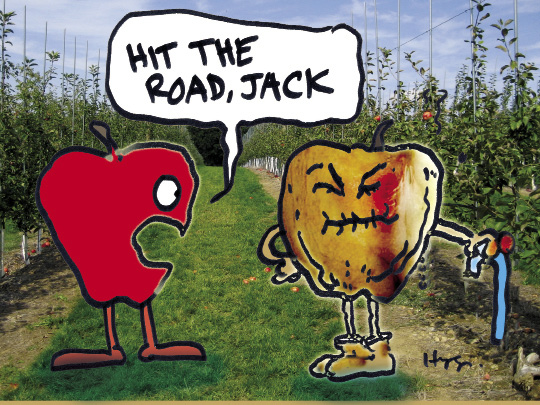Editor’s note: As a service to our readers, we provide news about the work of others in ag utilization. Often, research done elsewhere complements AURI’s work.
 Predicting lasting tenderness in beef
Predicting lasting tenderness in beef
Scientists at the U.S. Meat Animal Research Center in Nebraska have developed a noninvasive way to predict tenderness in the ribeye/strip loin muscle. This process is based on visible and near-infrared reflectance (Vis/NIR) and doesn’t require cooking or tasting. This process works on beef and pork. Over the past few years, more than 4,000 beef carcasses and more than 1,800 pork loins were evaluated with Vis/NIR technology. By predicting meat tenderness the industry could better channel beef product to their best use and deliver more consistent products to the supply chain. This Vis/NIR technology can also help predict how long meat will stay brightly-colored. Bright red or pink meat is considered fresher and higher quality.
August 2012
USDA-ARS
Using egg yolks to fight disease
Scientists at the USDA Agricultural Research Service are working to fight coccidiosis, a costly disease in chickens. Currently, antibiotics and good management practices are used to control the disease, but more options are need to help with drug-resistant strains. Their answer? Using egg yolks to help prevent this disease. Chicks should be immune to the disease if they consume hyperimmune egg yolk antibodies from immune chickens. Egg yolks are spray dried and mixed with feed that is given to chicks right after hatching.
July 2012
USDA-ARS
Underwater seeds
Although rice is known for growing well in wet conditions, it cannot survive being covered completely with water. The International Rice Research Institute has bred a new kind of rice that can survive floods for up to 14 days. This rice variety, Submarino, is currently grown in the Philippines.
August 13, 2012
ScienceDaily
 No more brown apples
No more brown apples
A small fruit grower, Okanagan Specialty Fruits, from British Columbia has created an apple that won’t turn brown when it is bruised or cut. The company is working on several different varieties of this type of apple. The way these apples are genetically modified is based on a technique used on potatoes from Australian researchers. By “turning off” the enzyme that makes the apples turn brown, actually helps improve the taste and smell of apples.
Although the apples won’t turn brown they will still naturally decay. The fact that these apples won’t turn brown will help growers and packers waste less fruit. The apple is still in the testing phase.
July 15, 2012
Digital Journal
Squeezing out more value
Leftover food wastes, such as citrus peels, pea pods and shells from nuts could be converted into high-value chemicals. The University of York is using green chemical technologies to extract chemicals such as pectin, limonene and fatty acids from these items. Uses for these chemicals could range from solvents, flavors, fragrances, food additives, cosmetic ingredients and more.
July 26, 2012
Food Production Daily
Banana coating increases shelf life
Research from the Tianjin University of Science and Technology in China shows that a spray-on solution may be able to extend the shelf life of bananas for up to two weeks. The hydrogel coating is a superabsorbent material made from chitosan, a substance derived from shrimp and crab shells. Chitosan kills bacteria that causes fruits and vegetables to rot. A coating like this could be used at home by consumers, in supermarkets, or during transportation of bananas.
August 24, 2012
IFT

